Recently, pulse oximeters have become a hot commodity, leading to a shortage in supply. Currently, both offline pharmacies and online e-commerce channels are experiencing stockouts or high markups. Originally priced at a few dozen yuan, pulse oximeters have suddenly surged to several hundred yuan, with many still in a pre-order state and unable to ship.Users who have been following smart wearable devices may know that most of the smart wearables on the market are equipped with functions such as blood oxygen monitoring and heart rate detection. If users need these functionalities but cannot purchase professional medical devices, should they consider these smart wearables instead?
What is Blood Oxygen Saturation and How to Interpret the Data?
The blood in the human body carries oxygen through the combination of red blood cells and oxygen.
The oxygen required for our metabolism enters through the respiratory system, combines with hemoglobin in red blood cells to form oxyhemoglobin, and is then delivered to various tissues and cells in the body.Blood oxygen saturation is an important physiological parameter that reflects respiratory and circulatory function, serving as an indicator of the blood’s ability to carry oxygen. In addition to heart rate, blood pressure, respiratory rate, and body temperature, pulse oximetry is considered the fifth key health status indicator.Generally, normal individuals without supplemental oxygen have a blood oxygen saturation between 98% and 100%. If it falls below 95%, it warrants attention, and below 90%, it is advisable to seek medical attention promptly.The principle of detecting blood oxygen saturation relies on the hemoglobin in our blood, which is key to accurately measuring blood oxygen saturation.The oxygen levels contained in hemoglobin affect our blood’s absorption of red and infrared light. By emitting light at these two frequencies, sensors on wearable devices can detect pulse data. Using this data, specialized algorithms in the backend can estimate the user’s blood oxygen saturation.
Are the Monitoring Data from Smart Wearables Accurate?
Based on our review of current materials and the usage experiences of colleagues in our studio, the results from smart wearables are for reference only. They perform adequately for daily use but do have discrepancies compared to professional medical devices.It is recommended not to use them as medical devices.
As mentioned earlier, smart wearables can serve as a reference option for those unable to purchase pulse oximeters or as convenient auxiliary devices for daily monitoring.According to a report from China Consumer News, when using smartwatches to monitor health status, it was found that the tightness of the watch strap affects the data obtained.Blood oxygen monitoring technology has been relatively mature since the 1970s, with a low technical threshold, but this does not mean that the blood oxygen monitoring technology in smartwatches has reached medical levels. Moreover, factors such as wrist movement, skin temperature, fat thickness, and blood vessels can all impact the accuracy of blood oxygen monitoring in smartwatches. Therefore, theoretically, the monitoring accuracy of smartwatches is not as high as that of medical pulse oximeters that measure fingertip oxygen levels.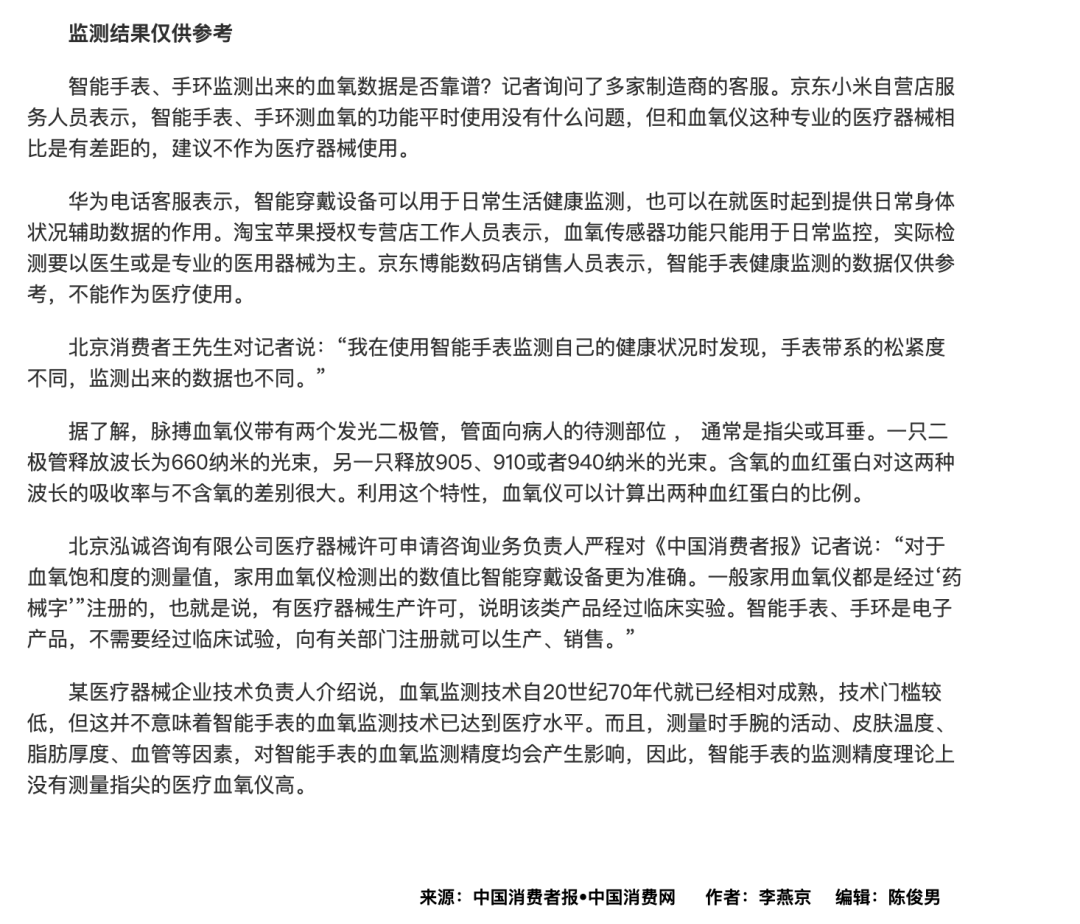 Currently, major smart wearable devices with this function also have relevant explanations and notes on their detail pages.
Currently, major smart wearable devices with this function also have relevant explanations and notes on their detail pages.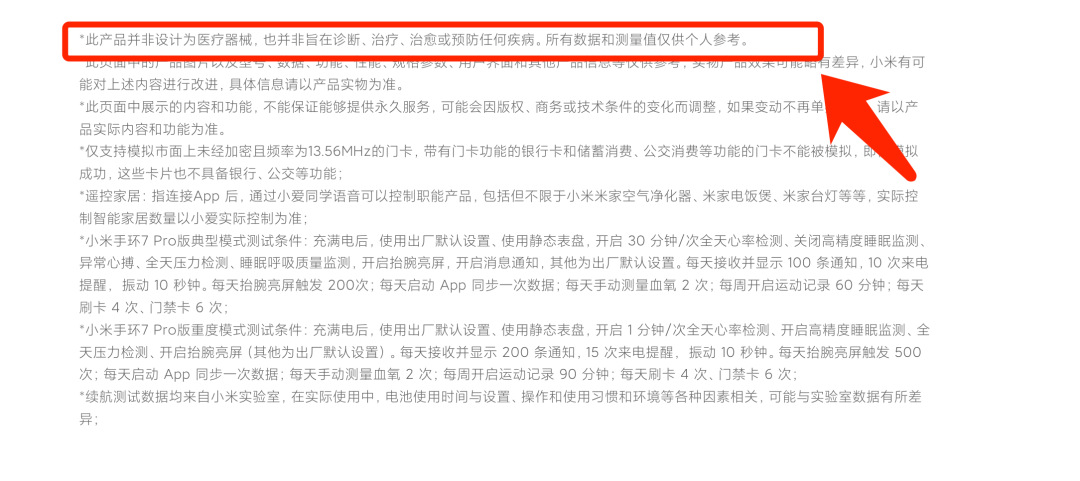
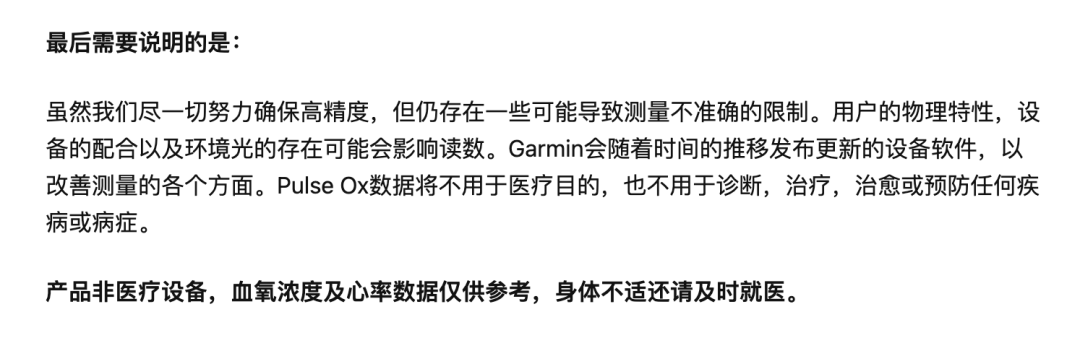
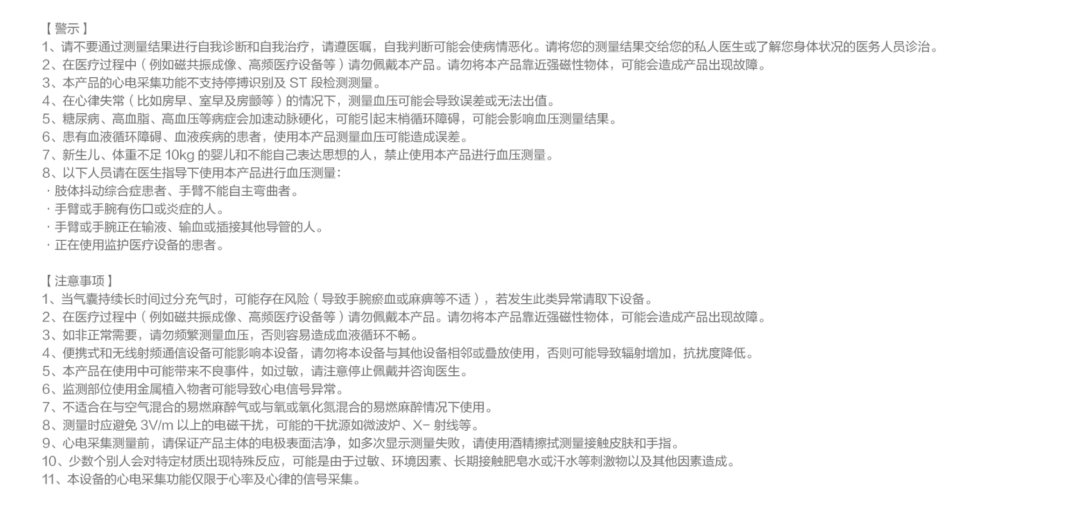
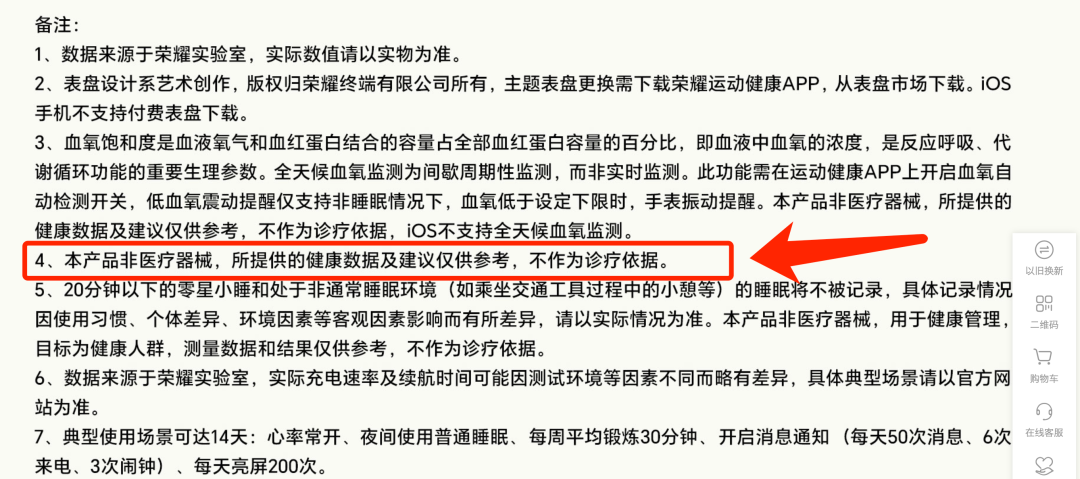 So, let me emphasize again: The pulse oximeters/smartwatches/bands sold on the market cannot replace professional medical devices. Their data is for reference only and cannot be used as a basis for medical diagnosis. If any abnormalities are found, please seek medical attention immediately.
So, let me emphasize again: The pulse oximeters/smartwatches/bands sold on the market cannot replace professional medical devices. Their data is for reference only and cannot be used as a basis for medical diagnosis. If any abnormalities are found, please seek medical attention immediately.
How to Choose Smart Wearable Devices?
Currently, mainstream manufacturers that support blood oxygen saturation monitoring functions can almost meet daily needs. Users just need to check whether this function is supported on the detail or parameter pages.Here are a few representative products listed for your reference; you can search on major platforms based on your needs.Lower-priced products include: Redmi Band 2, Huawei Band 7, Honor Band 7, generally priced around 200 yuan.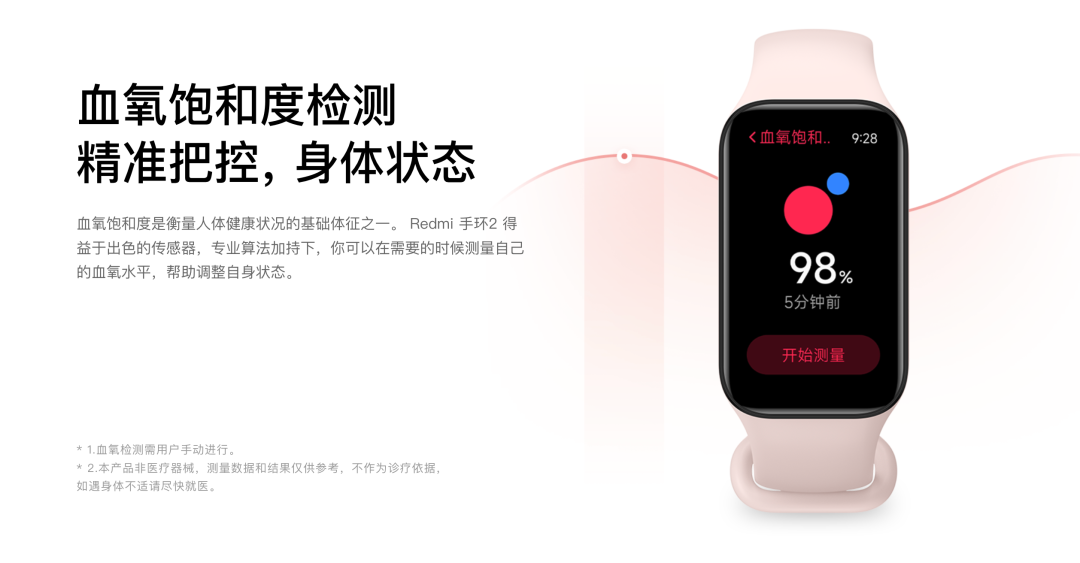
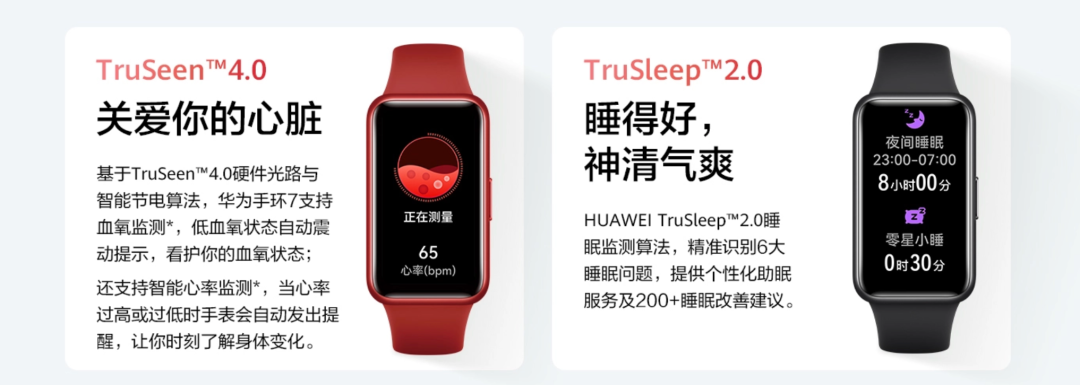
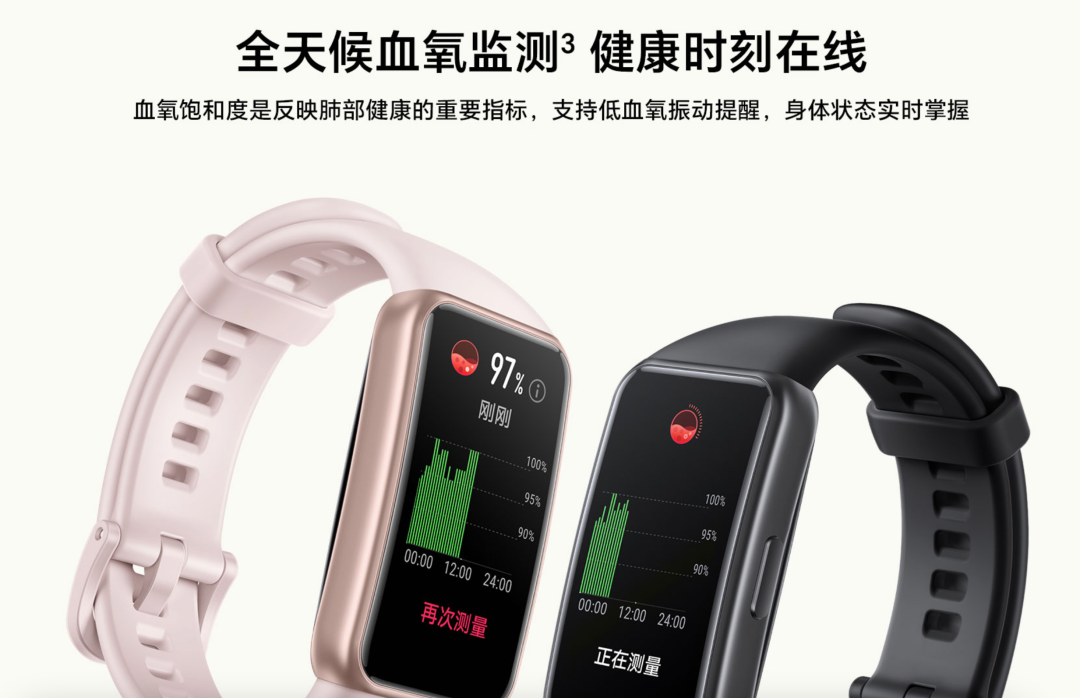 Higher-priced products include Huawei WATCH D and Apple Watch Series 6 and above. Apple users should pay special attention, Apple Watch SE does not support this function, so be careful not to make a wrong purchase!
Higher-priced products include Huawei WATCH D and Apple Watch Series 6 and above. Apple users should pay special attention, Apple Watch SE does not support this function, so be careful not to make a wrong purchase!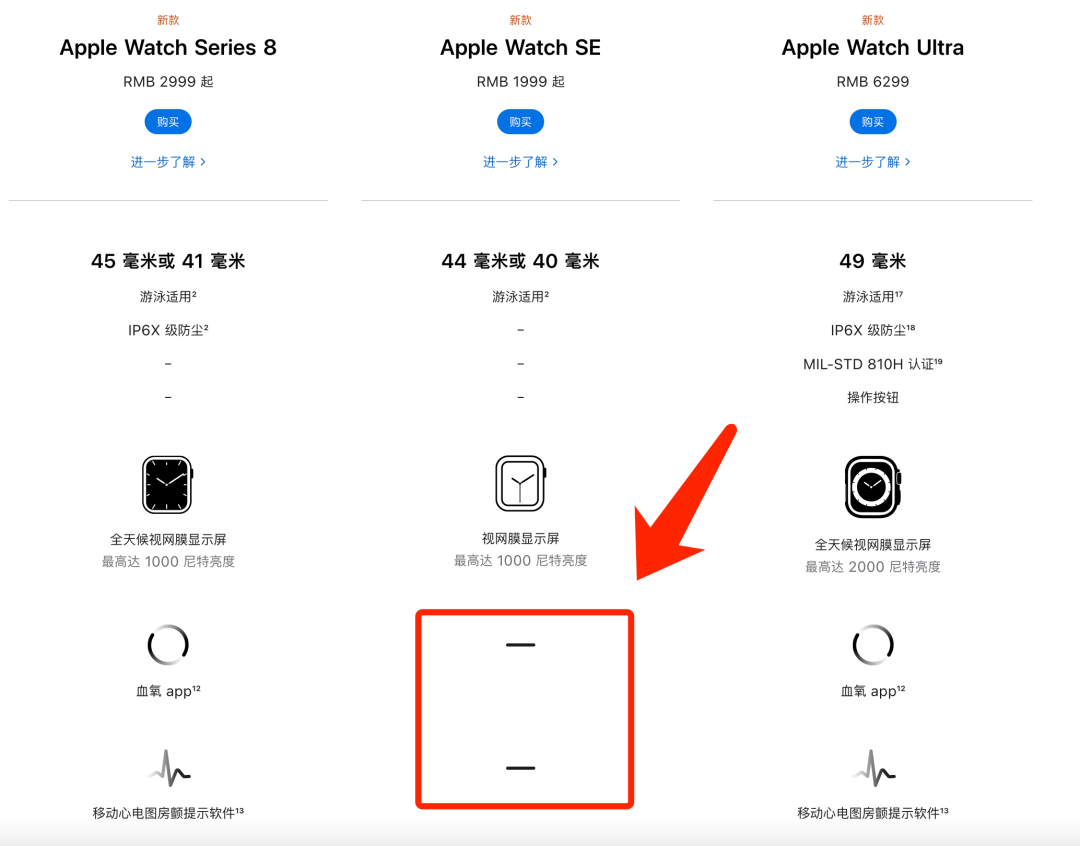 The health data monitoring function of Huawei WATCH D is very comprehensive and powerful. It has received Class II medical device certification from the National Medical Products Administration and has passed clinical validation from several professional institutions, including West China Hospital of Sichuan University and Beijing 301 Hospital (PLA General Hospital). Compared to other smart wearable devices, Huawei WATCH D can also achieve blood pressure monitoring through its built-in micro pump and airbag structure, along with temperature detection, making it one of the most comprehensive health data monitoring products among current smart wearables.
The health data monitoring function of Huawei WATCH D is very comprehensive and powerful. It has received Class II medical device certification from the National Medical Products Administration and has passed clinical validation from several professional institutions, including West China Hospital of Sichuan University and Beijing 301 Hospital (PLA General Hospital). Compared to other smart wearable devices, Huawei WATCH D can also achieve blood pressure monitoring through its built-in micro pump and airbag structure, along with temperature detection, making it one of the most comprehensive health data monitoring products among current smart wearables.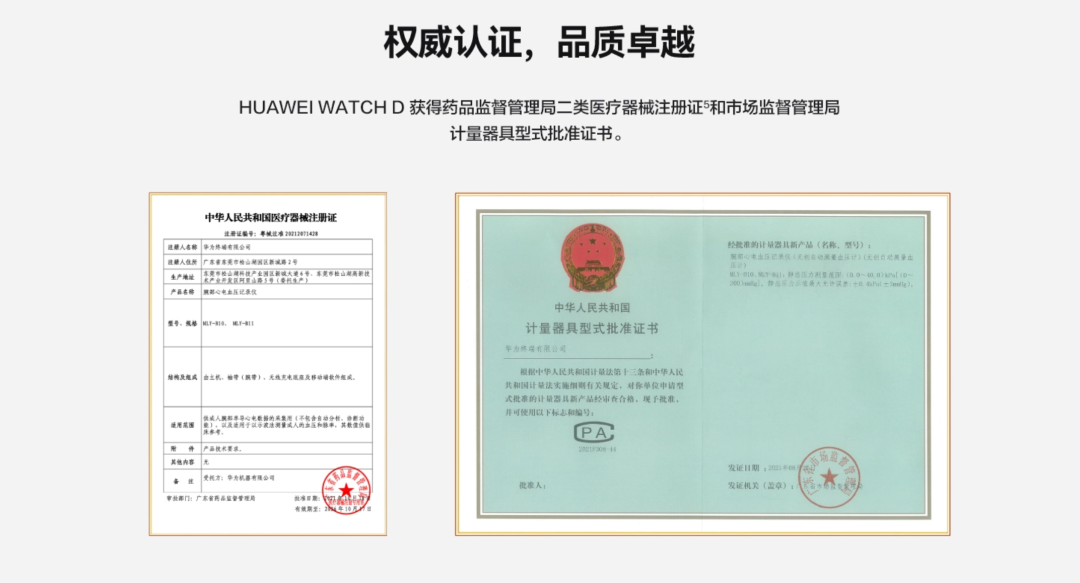
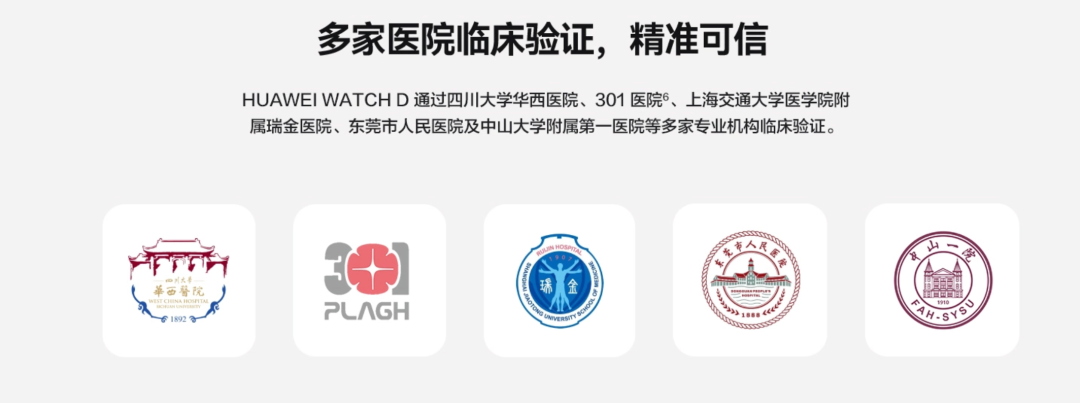 In addition to the products mentioned above, various manufacturers’ smart wearable devices and traditional sports smartwatch brands also have multiple health monitoring functions. As long as you choose products from reputable manufacturers, there shouldn’t be any major issues. Users can select based on their own needs.
In addition to the products mentioned above, various manufacturers’ smart wearable devices and traditional sports smartwatch brands also have multiple health monitoring functions. As long as you choose products from reputable manufacturers, there shouldn’t be any major issues. Users can select based on their own needs.
What Other Issues Should Be Noted?
To ensure the accuracy of measurement data, please carefully read the instructions or consult customer service after purchasing related devices, and use the products correctly under the manufacturer’s guidance.Most devices require downloading related apps or binding to a mobile phone for use. If purchasing for the elderly, it is advisable to patiently teach them how to use the device.Currently, there are also some apps available on the market that can measure blood oxygen saturation. I have researched these apps, and the data results vary greatly. Some apps are filled with advertisements or induce sharing and payment. I have not found any reliable and authoritative apps so far, but if there are any, I hope everyone can share in the comments section.Finally, I wish everyone good health.References:China Consumer News “Can Smartwatches Measure Blood Oxygen? Experts Respond: Not Very Accurate, Pulse Oximeters Are More Reliable”Oriental Network “Are Smartwatches Reliable for Measuring Blood Oxygen? Ten Medication Suggestions for COVID-19 Positive Elderly People and Their Children”Garmin Official “What is Blood Oxygen Saturation? How to Interpret Related Data?”Leitech “The Blood Oxygen Saturation Measured by Apps Can Be Ridiculously Inaccurate?”Smart Cat “No Need to Spend Extra to Snatch Pulse Oximeters, These Smart Bands/Smartwatches Are Cheap and Useful”Xiaomi Official WebsiteHonor Official WebsiteHuawei Official Website
Click to view your best look